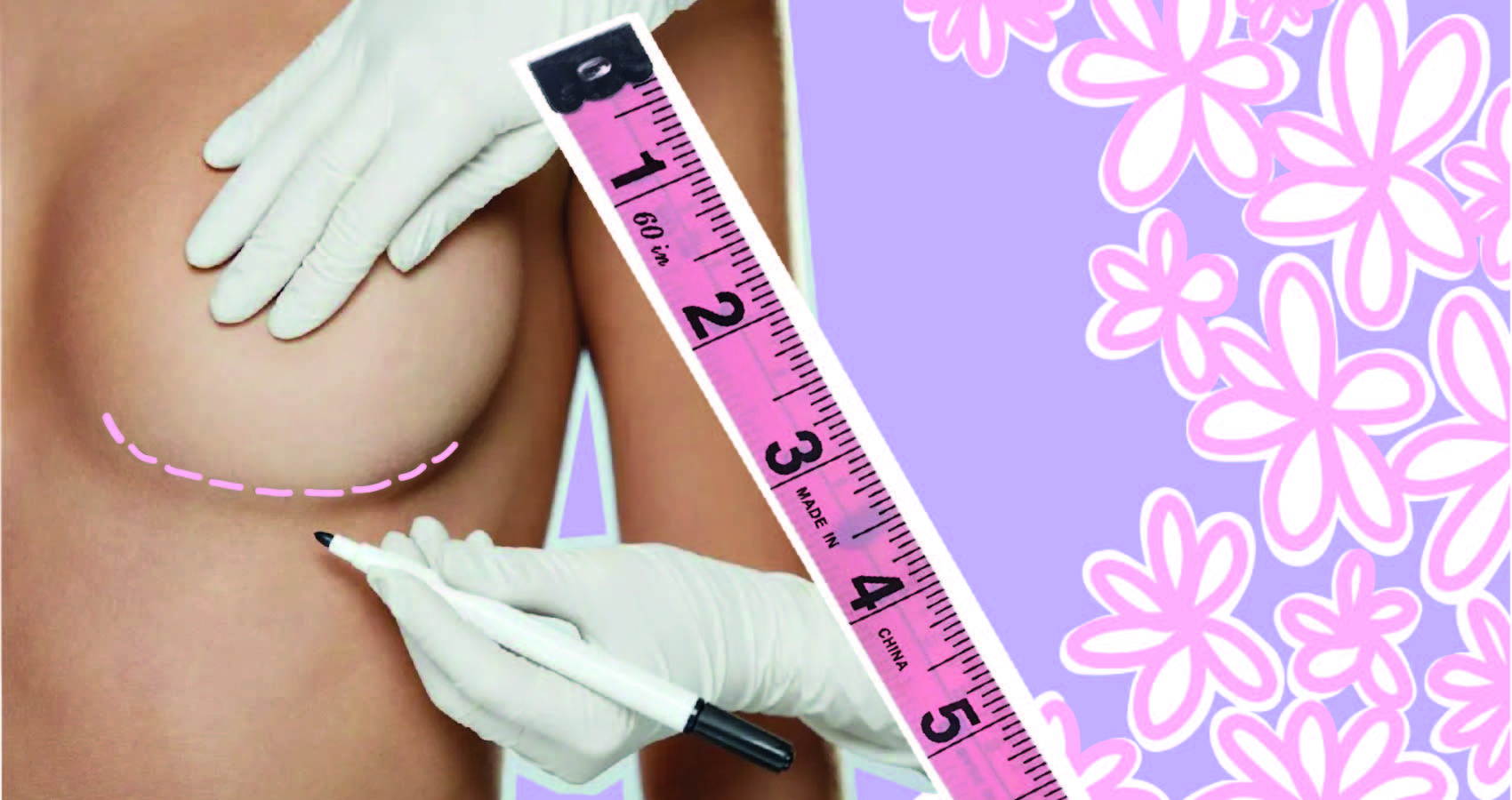
What To Expect After Breast Augmentation: A Recovery Guide
Achieve flawless results with these essential breast augmentation recovery tips.
Deciding to undergo breast augmentation is a personal and transformative decision. However, the journey doesn't end in the operating room; the recovery process is just as crucial for achieving your desired results. Knowing what to expect during this period can significantly reduce anxiety and promote a smoother healing experience.
That said, this guide will discuss the specifics of breast augmentation recovery, covering everything from immediate post-operative care and pain management to the gradual return to normal activities. It will also outline the typical healing timeline, address common side effects like swelling and bruising, and offer practical tips for a comfortable and efficient recovery.
What Is Breast Augmentation?

Breast augmentation, also known as augmentation mammoplasty, is a cosmetic surgical procedure designed to enhance the size, shape, or symmetry of the breasts. It is one of the most popular plastic surgery procedures worldwide, chosen for a variety of personal reasons, ranging from aesthetic desires to reconstructive needs.
Breast Augmentation Recovery: What to Expect
To ensure a smoother and more comfortable recovery from breast augmentation Hawaii, it's essential to understand what to expect. Here's a detailed look at what lies ahead after your procedure.
1. Immediately After Surgery
Once the procedure is complete, you will be monitored in a recovery area. It’s normal to feel groggy or disoriented from anesthesia. Here’s what you can expect:
- Soreness and Swelling: Mild to moderate discomfort in the chest area is common. You may also experience tightness as your body adjusts to the breast implants.
- Dressings and Support Garments: Your surgeon will likely apply bandages or place you in a surgical bra to provide support and reduce swelling.
- Drain Placement: In some cases, temporary drains may be placed to prevent fluid buildup. These are usually removed within a few days.
2. The First Week
The first week is crucial for proper healing, so take it easy and follow your surgeon's post-operative instructions closely.
- Pain Management: You’ll be prescribed pain medication or advised to use over-the-counter options like ibuprofen. This helps control discomfort during the initial recovery period.
- Rest and Limited Activity: Avoid strenuous activities, lifting heavy objects, or raising your arms above your head.
- Follow-Up Appointments: Expect a follow-up visit within the first week. Your surgeon will check your progress and may remove stitches or drains.
3. Weeks 2-4
You'll notice improvements in your mobility and overall comfort during this period, but healing is still ongoing.
- Swelling and Bruising: These should gradually decrease, but some residual swelling may persist.
- Gradual Resumption of Activities: Light activities can typically be resumed after two weeks, but vigorous exercises and heavy lifting should be avoided.
- Implant Settling: The silicone implants may initially sit higher on the chest. Over the next few weeks, they will 'drop and fluff,' settling into a more natural position.
4. Months 1-3
You'll see significant progress by this stage, but patience is key as your body adjusts fully to the changes.
- Scarring: Incision lines will begin to fade. If your surgeon advises, use recommended scar treatments, such as silicone gels or sheets.
- Sensation Changes: Temporary changes in nipple or breast sensation are common and typically resolve within a few months.
- Final Results: While most swelling resolves by this point, your breasts may refine in shape over time.
5. Long-Term Recovery
Complete breast implant recovery can take up to a year, depending on your body and the surgery performed.
- Regular Monitoring: Periodic check-ups with your surgeon are essential to ensure the implants are in good condition.
- Lifestyle Adjustments: To preserve your results, maintain a healthy lifestyle, including wearing supportive bras and protecting your skin from sun damage.
- Potential Complications: Be vigilant for signs of complications, such as persistent pain, severe swelling, or implant irregularities, and report them immediately to your surgeon.
Breast augmentation recovery is a gradual process that requires patience and self-care. You can achieve beautiful, lasting results by following your surgeon's advice and listening to your body.
Tips for a Smooth Recovery
Breast augmentation recovery requires careful attention to your body and adherence to your surgeon's recommendations. Here are some practical tips to ensure a smooth and comfortable recovery:
1. Prioritize Rest and Listen to Your Body

Rest is crucial for healing. Sleep on your back with your chest elevated, and avoid lifting heavy objects, engaging in strenuous activities, or raising your arms above shoulder level.
2. Follow Post-Operative Instructions
Wear your surgical bra or compression garment to reduce swelling and support healing. Keep incision sites clean and dry to prevent infection and promote proper scarring.
3. Manage Pain and Swelling
Take prescribed or recommended medications for pain and inflammation. To reduce swelling, use cold compresses for short periods during the first 48 hours.
4. Stay Hydrated and Maintain a Healthy Diet
Eat nutrient-rich foods like lean proteins and vegetables to support healing. Drink plenty of water to stay hydrated and reduce inflammation.
5. Avoid Smoking and Alcohol
Smoking delays healing by restricting blood flow, and alcohol can interfere with medications. Avoid both during the recovery period.
6. Gradually Resume Activities
Take short walks to promote circulation but avoid high-impact activities or chest-focused exercises until your surgeon gives clearance.
By following these recovery tips, you can create the optimal conditions for your body to heal, minimize discomfort, and achieve the best possible results from your breast augmentation procedure.
Conclusion

Remember that every individual heals at their own pace, so it's crucial to listen to your body and follow your surgeon's instructions. By understanding the typical recovery timeline, managing expectations, and prioritizing self-care, you can confidently navigate each stage and achieve the beautiful, natural-looking results you desire.











